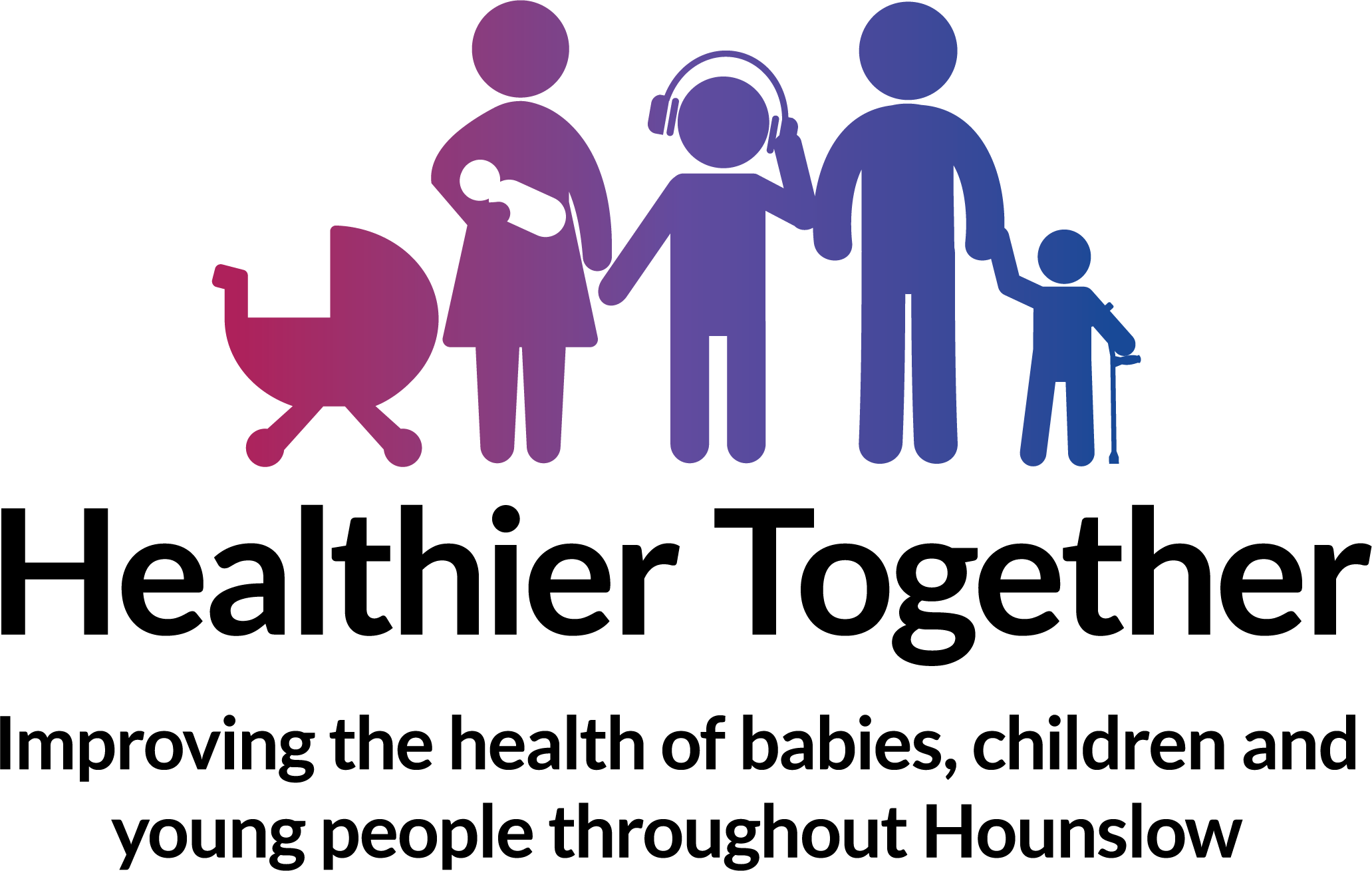Oral health for secondary school age
Key health professionals involved here:
- School nurses
- Teaching staff.
Looking after teeth and gums
Key messages:
- Oral health is part of the national curriculum in Key Stage three (KS3) and four science, Relationships Education, Relationships and Sexual Education (RSE), and Health Education
Linked resources:
Toothbrushing
Key messages:
- Use a pea-sized amount of toothpaste containing 1350ppm to 1500ppm fluoride. Most ‘own brand’ supermarket toothpastes are suitable and more affordable
- Brush all the surfaces of the teeth and gum line in small circles for around two minutes, twice a day - just before bedtime and at another time that fits in with your routine
- Spit out the toothpaste and do not rinse!
- As part of a daily oral health routine in addition to brushing, it is important to clean between the teeth using interdental brushes. Some teenagers may not have large enough spaces in between their teeth to use an interdental brush so flossing can be a useful alternative.
- The dental team will show you how best to clean between your teeth.
- If you have an orthodontic brace clean your teeth and appliance carefully as shown by the dental team.
Linked resources:
Diet:
Key messages:
- Reduce the amount and frequency of having foods and drinks that contain sugar, only give sweet foods including dried fruit at mealtimes
- Squashes sweetened with sugar, fizzy drinks, soft drinks, and juice drinks have no place in a child’s daily diet
- Limit the amount of fruit juice and/or smoothies your child drinks to a maximum of 150mls (one portion) in total per day and drink it with meals to reduce the risk of tooth decay
- Always ask for sugar-free medicines.
Linked resources:
- Learn more about 'Sugar: the facts' from Eat Well
- Watch the 'Healthy Eating Right from the Start' video (from Henry)
- The Food Scanner app from Change4Life can help you check how much sugar your family is having.
Visiting the dentist:
Key messages
- Adults should have a regular check-up at the dentist at least once every two years, and children at least once a year
- NHS dental treatment is free for children under 18 or 19 and in qualifying full-time education
- Some adults can also get free NHS dental treatment
- Going to the dentist regularly helps the child become familiar with the dental environment, and enables the dentist to pick up on any problems as early as possible
- The dentist can paint fluoride varnish on children’s teeth to protect them from tooth decay. All children over three should have it applied at least twice a year, and it may also be used for younger children at high risk of tooth decay. Parents/carers should ask their dentist about fluoride varnish
Linked resources:
- Use the NHS service finder website to find a dentist
- Check if you are entitled to free NHS dental treatment.
- Hounslow Oral Health Promotion Team offer range of tailored educational oral health programmes and materials aimed for children, families, educational settings, and health professionals. Some of the programmes offered are:
- ‘How to Brush’ supervised tooth brushing in schools and nurseries
- Fluoride varnish school dental programme for children aged 4-7 years old
- Parents and carers oral health and healthy eating workshops
- SEN schools’ oral health parent/teacher workshops and ‘How to brush’ programme for children
- Training all front-line staff working with children to be ‘Tooth Champions’ and providing them with tools and materials to enable them to spread the key oral health messages
-
Hounslow Zoom Meetings. For the next Hounslow Zoom events, please contact the OHP Team.
-
Contact Details:
-
SEN Resources
There are many organisations offering information online, this is a selection that we have found useful.
British Society for Disability and Oral Health
Oral Health Foundation: Dental Care for People with Special Needs
NHS UK: Dental Treatment for People with Special Needs
Documents
![]() BSPD - Advice for parents of children with autism
BSPD - Advice for parents of children with autism
![]() Oral Health Aids and Resources for Special Needs - Information for Parents and Carers
Oral Health Aids and Resources for Special Needs - Information for Parents and Carers


